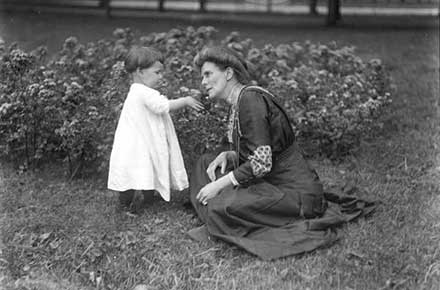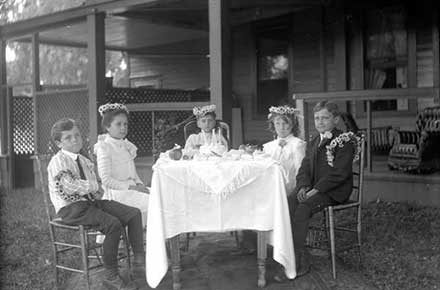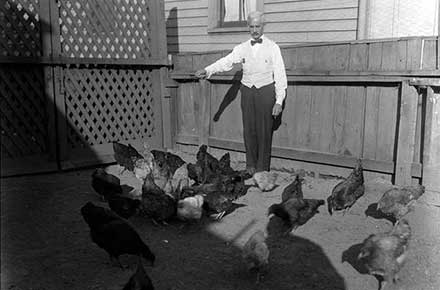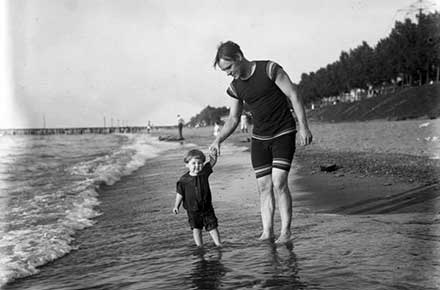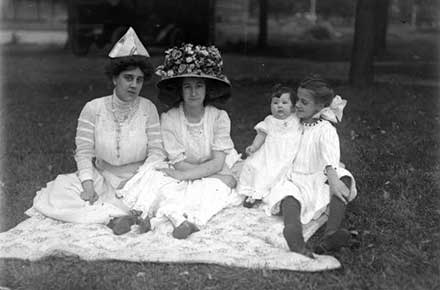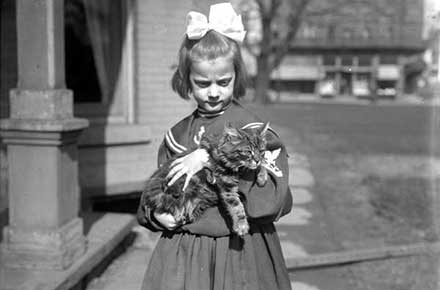Euclid Beach Park
The Humphrey Glass Negative Collection
The Humphrey Glass Negative Collection in Special Collections at the Michael Schwartz Library at Cleveland State University is a set of 700 glass negatives1 documenting the lives and interests of Euclid Beach Park owners, the Humphrey Family during the early part of the 20th century.
A majority of the images included within this collection represent:
Additional Online Reading About the Humphrey Family
- Dudley Humphrey: Keeping Euclid Beach Alive
- Entry for Dudley S. Humphrey from A History of Cleveland and Its Environs: The Heart of New Connecticut by Elroy McKendree Avery (via Google Books)
- Humphrey, Dudley Sherman II - from the Encyclopedia of Cleveland History.
- Up to Their Ears in Popcorn
1In the second half of the 19th century and in early 20th century, before the invention of film, photographers used specially treated glass plates to capture photographic images. One technique invented by Frederick Archer, which he published in 1851, was called the collodion wet-plate. It used a glass plate coated with potassium iodide and collodion, which is then dipped in a bath of silver nitrate just before the photo was taken. The downside of the process was that the picture needed to be taken while the plate was still moist and then needed to be developed immediately after.
An "easier" technique, the gelatin dry-plate, became available in 1873. This used a photosensative chemical with gelatin, which allowed the photographer more time between exposure and development and required less exposure to light.
- Volti, Rudi. "Early Photography." The Facts On File Encyclopedia of Science, Technology, and Society. New York: Facts On File, Inc., 1999. Science Online. Facts On File, Inc. http://www.fofweb.com/activelink2.asp?ItemID=WE40&SID=5&iPin= ffests0629&SingleRecord=True (accessed September 24, 2009).
- "Glass Negatives." Florida Memory. http://www.floridamemory.com/photographiccollection/photo_exhibits/photographic-processes/glass.php (accessed January 6, 2012).

